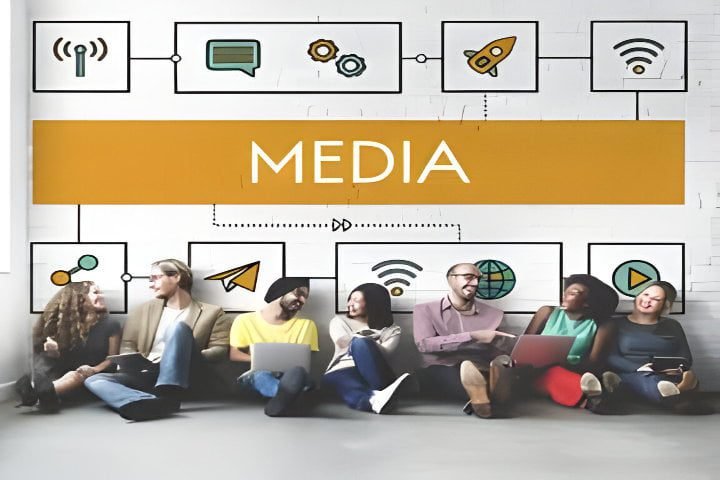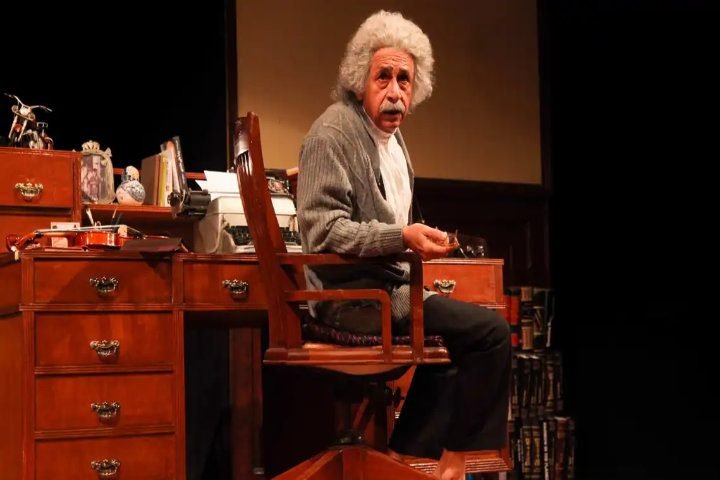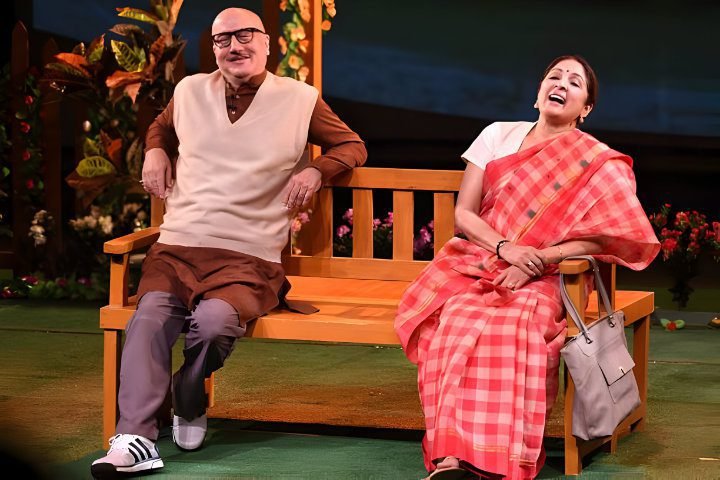- What is culture?
- Dimensions of Culture
- Culture and Identity
- Culture and Mass Media
- Media as Vehicle of Cultural Transmission
- Media Representations and Stereotypes
Cultural Transmission
Culture is the thread that connects communities and shapes people’s identities, values, and actions. Culture transmission, the process of passing on information, traditions, and values from generation to generation, is at the heart of cultural continuity.
In This Article
In this digital age, media has become an effective instrument for sharing culture, carrying the stories and traditions of diverse societies across time and space.

Culture is passed on in a dynamic way that can happen through spoken language, written texts, and relationships between people. In today’s connected world, however, media platforms have become essential for sharing cultural information and ideas.
Television, radio, the internet, and social media are examples of media outlets that allow people worldwide to share cultural ideas, stories, and practices.
Social Media and Cultural Virality
Social media platforms are at the forefront of cultural fusion. It forms a worldwide community by bridging the enormous distance between cultures and generations, where the young and the old connect over shared cultural content.

Hashtag has evolved into a powerful tool for cultural unification. It is fascinating how #FestivalofLights or #Carnival can bring together millions of people from different corners of the world, all sharing in the joy of a festival. These hashtags go beyond mere trends; they are threads that tie us to shared human experiences.
Festivals are celebrated on social media by sharing images, videos, and cultural narratives by entire communities. Each like, share, or comment is an endorsement of cultural diversity.
We are the participants, observers, and contributors to an ever-expanding digital museum of humanity’s cultural expressions. We have the tools to create a more connected and culturally rich world; our traditions find new breath and relevance through these digital platforms.
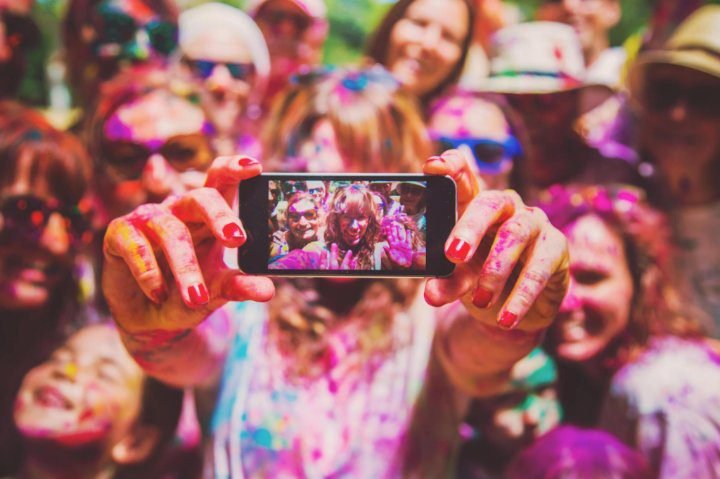
Therefore, the festivities, once limited to geographical boundaries, are now celebrated virtually across the globe. Social media has been transformed into a dynamic stage where global audiences recognize cultural nuances, thus enabling understanding and respect for different cultures.
There are numerous instances where a dance challenge or a folk song goes viral on platforms like TikTok or Instagram. Social media can uniquely propel cultural elements to fame, sometimes overnight. These platforms are not just tools for entertainment; they are catalysts for cultural exchange. Here are two prominent instances that you must have watched:
In 2018, Professor Sanjeev Shrivastava, a Vidisha, Madhya Pradesh resident, became famous as Dancing Uncle. Sanjeev Shrivastava came to the limelight for his talent for dancing in the Govinda style.

He surprised everyone by copying Govinda’s exact dance moves, and his dance became quite viral on social media. Also, the then Chief Minister of Madhya Pradesh, Shivraj Singh Chouhan, praised his video by tweeting it.
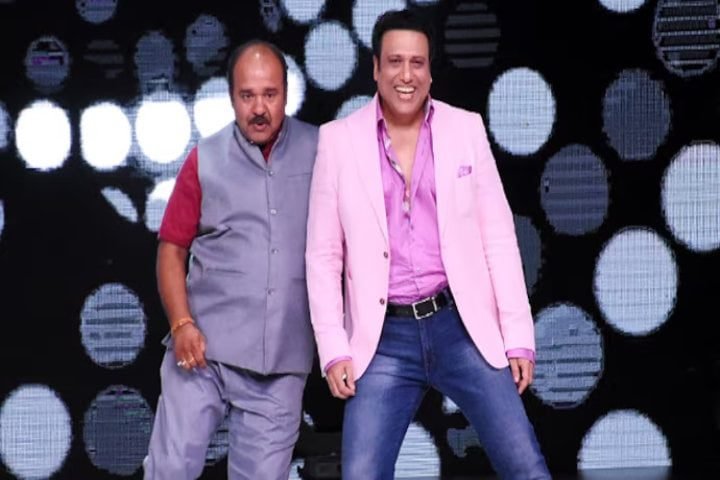
Due to his talent, Sanjeev Shrivastava also got to dance with Govinda on TV reality shows.
In 2021, a 12-year-old boy from Chhattisgarh, Sahdev Dirdo, became an overnight sensation by singing the song ‘Bachpan Ka Pyaar’ in a particular accent.

After watching this video, rapper Badshah made a music video with him, which proved quite a hit. Apart from this, Sahdev was also seen as a guest on many television shows.
One important thing to note is that, as active participants in this digital evolution, we are not mere consumers but also creators and contributors. We share our local festivals on YouTube, blog about traditional cuisines, and podcast about our historical tales.
In doing so, we ensure that the vibrancy of our culture is not lost but instead adapted to the new medium. We are the nurturers, shaping how culture and mass media coexist and thrive in the digital age.
Films: Influencing Minds, Disseminating Cultural
Bollywood, the Hindi film industry of India, has long been a mirror reflecting the essence of India’s rich cultural heritage. Films in general and Bollywood, in particular, significantly influence the psyche and culture of Indian and global audiences.
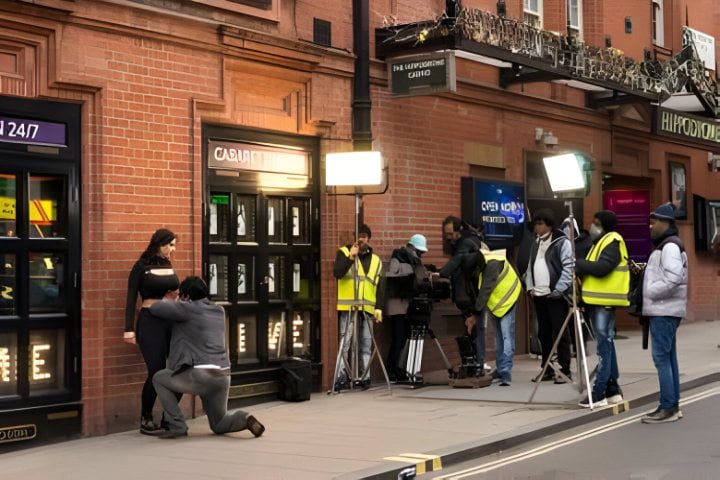
Through their wide reach, Bollywood films serve as a window to the vibrant cultural practices of India as they come alive on the big screen, ensuring that they remain ingrained in the collective consciousness.
Two years after the pandemic, which restricted the theatrical experience for cinema lovers, 2022 became a beacon of hope when Indian films performed astonishingly well in theatres worldwide. The list of top-grossing films comes loaded with stories, star casts, and themes that represent different geographies and cultures in India.
| Film Name | Theme | Region | Culture Represented |
| RRR | Historical epic | South India | Indian history and patriotism |
| KGF: Chapter 2 | Action thriller | Karnataka | Crime, underworld, Kannada culture |
| Brahmastra, Part One: Shiva | Fantasy, adventure | Mumbai, Varanasi, Himachal Pradesh, and overseas locations | Mythology, Mysticism |
| Kantara | Drama, mystery | South India, Karnataka | Tribal, Mysticism |
| Ponniyin Selvan-I | Historical drama | Tamil Nadu | Chola dynasty, Tamil culture |
| The Kashmir Files | Drama, thriller | Kashmir | Kashmiri Culture, Political Conflict |
| Vikram | Action thriller | Tamil Nadu | Contemporary Tamil Culture |
| Drishyam 2 | Crime thriller | Kerala | Malayali culture, Family dynamics |
| Bhool Bhulaiyaa 2 | Horror-comedy | Rajasthan | Rajasthani culture, Superstition |
| Gangubai Kathiawadi | Biographical crime | Maharashtra | Marathi culture, Mumbai underworld |
Bollywood stories are not mere entertainment; they carry purpose and meaning. They navigate all sorts of societal issues, such as growing inequalities, defiance of traditional norms, complex human emotions, and unresolved socio-political problems, wrapped in the appealing package of drama and music.
The moral and ethical dilemmas movies often show are similar to real-life challenges. Through its narratives, we confront our beliefs and biases and determine right and wrong. The movies create a cultural space where people can argue and share ideas. They show how culture and mass media can be used to have ethical conversations.
Further, through these narratives, films exercise their power to instigate change, challenging viewers to think and inspiring them to act.
Films also contribute to India’s increasing global stature as a soft power. By promoting its culture and values through popular cinema, India has shaped global perceptions of the country and promoted its interests abroad.
The use of Bollywood as a tool of public diplomacy has allowed India to connect with audiences around the world and build bridges between cultures.
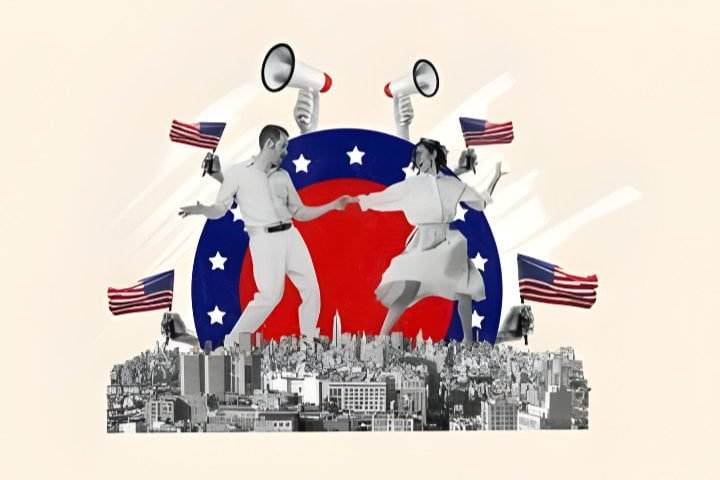
As Hollywood films promote the American way of life globally, India competes with the US film industry to disseminate its culture and influence to other countries.
Bollywood has become a significant example of global entertainment outside the Western world, with a $3.5 billion industry and audiences in over 70 countries. Bollywood is the world’s largest film industry in terms of production and viewership, selling more tickets than Hollywood films.
In conclusion, media is a dynamic and diverse way to spread a culture that shapes how we see the world and our place in it. The media is very important for keeping the richness and complexity of human culture alive for future generations.
It protects cultural heritage, encourages cross-cultural exchange, and promotes cultural identity. In the digital world, the power of media to honor, protect, and share the rich fabric of human culture is indispensable.
The CUET UG 2024 Mass Media and Communication syllabus contains this topic under the Communication section.

